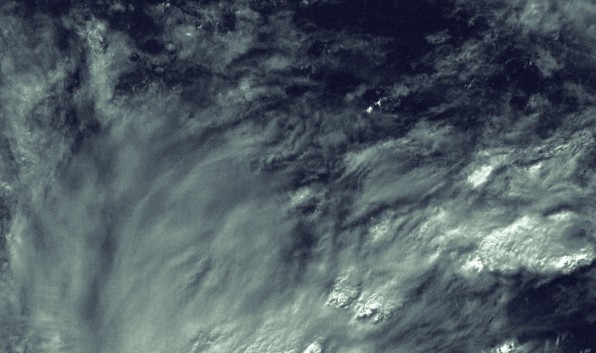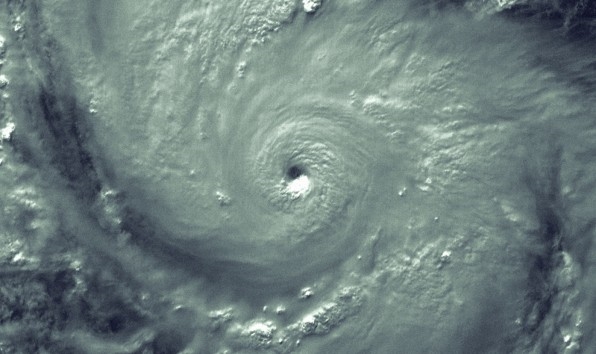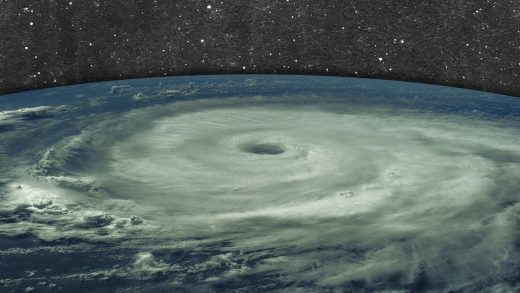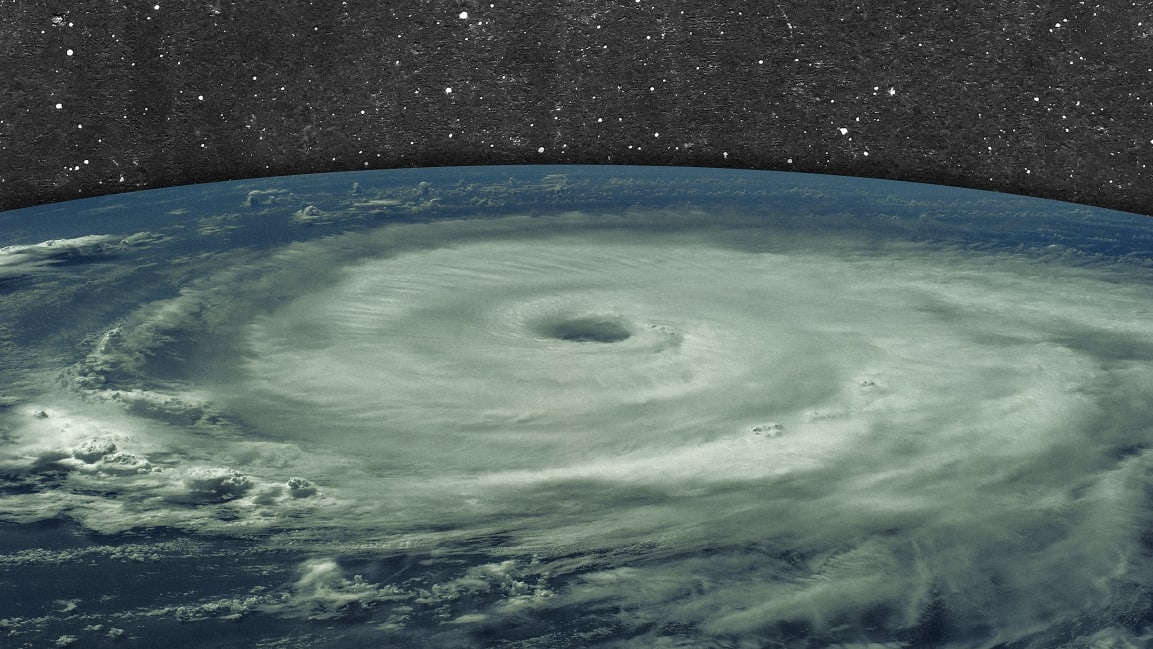Hurricane season is here. Is your company ready to help with disaster response?
If it feels like Mother Nature is getting meaner, you’re not wrong. In 2017, the U.S. faced 16 climate-change-related disasters that each cost over $1 billion in losses, and in 2018 there were 14 such events, making 2017 and 2018 two of the four costliest years on record for loss from natural disasters.
Hurricane Barry, which threatened New Orleans last week (but ultimately spared the region from serious destruction), served as a warning for what is shaping up to be another threatening season.
In addition to large-scale tragedy, we are seeing an increase in events that might not rise to the technical definition of a disaster, but that nonetheless require a coordinated response that government might not be equipped to provide. Think heat waves that require emergency cooling rooms. And, as any global company—or global citizen—can tell you, the U.S. is hardly alone.

As the climate changes, companies that support disaster-relief efforts are changing their strategies, their nonprofit partners, and even their funding models. Here’s why, how, and what it means for you.
New technology promises to balance old models of shipping in tents, food, and water with faster, greener ways to get victims and first responders what they need, where they need it—even if traditional modes of transport are stalled by failed infrastructure or unstable terrain.
Ikea’s flat-pack, solar-powered Better Shelter won design awards. The Elevate Ultimate Mobility Vehicle from Hyundai’s CRADLE division has the potential to move almost anyone or anything into or out of a disaster zone, thanks to innovative mechanics and a modular system that can be customized quickly. Field Ready is taking 3D printers to disaster zones to create everything from medical components to parts to rebuild damaged solar panels that will power relief efforts. Old approaches to disaster relief are no longer the only solutions and are quickly being outmoded with the same innovation that’s changing every aspect of our lives.

Forward-thinking disaster relief nonprofits are leading some of these changes with better data, better coordination, and fresh thinking. Though there is still significant value in supporting organizations like the Red Cross, they are no longer seen as the only game in town. Team Rubicon, founded by U.S. Marines in 2010, mobilizes its roster of 65,000 veteran volunteers for highly coordinated, data-driven disaster response. Mercy Corps aims to jump-start the economy in impacted areas, often within 24 hours, providing those in need with vouchers to use in local markets, rather than direct handouts of supplies. The Living Hope Wheelchair Association rescued people with mobility issues and spinal-cord injuries during Hurricane Harvey, when there was no existing plan in place for their mass evacuation. These organizations are approaching disaster relief differently. By identifying otherwise hidden needs or supporting traditionally overlooked populations or issues, they are changing the response model.
For nonprofits and companies alike, the changing climate and rapidly-evolving field of disaster response require new levels of preparedness and involvement. Here’s what that means for your organization:
1: Preposition funds and supplies
Consider a grant to your disaster relief partner at the start of the year, releasing funds in agreed amounts as needs arise. This gives them the flexibility to respond even more rapidly, while your company can immediately communicate its response. You can also preposition products, as roofing company GAF does with its donations to Good360, to enable rapid response to disasters, any time. Following Hurricanes Florence and Michael in 2018, GAF’s approach ensured $2 million of high-performance shingles were on hand to reroof more than 400 homes in the hardest-hit communities.
2: Look beyond disaster-specific nonprofits
When it comes to disaster response, don’t just think of the usual suspects. Whether your cause is education, health, animals, the arts, or something else, chances are that your existing partners might need help with recovery. For example, The Homeless Period Project, founded to distribute hygiene products to the homeless, stepped up during the aftermath of Hurricane Harvey to ensure broad access to menstrual products. So, check in with your partners postdisaster. Even if they’re not impacted or responding, they will appreciate your concern as a true partner, not just a signature on a check.
3: Tap your core business assets
Your area of expertise can be the foundation of a disaster-relief plan. Existing systems and tools can easily be adapted to meet other needs in a disaster with some imagination and preparation. Look at Budweiser canning water instead of beer for areas without potable drinking water, banks extending bridge loans so small-business customers can make payroll, or UPS “loaning” FEMA an executive experienced in supply chain, logistics, and warehousing. Evaluate your capabilities and plan to use them. They are already an efficient means of distributing your products and ideas. (And don’t forget that your assets include your employees, so revisit policies on volunteering and giving to make it easy for your people to engage.)
4: Benchmark your efforts
Plan what’s right for your organization based on clear criteria, including disaster severity and location. But also benchmark and measure your efforts. The Center for Disaster Philanthropy and the Foundation Center developed Measuring the State of Disaster Philanthropy, a data-driven platform to help donors assess needs and trends in disaster relief.
5: Regularly revisit your plan
Too many organizations have separate plans for their operations and their philanthropy. Integrated plans should involve operations, HR, community relations, communications, and more, with clear responsibilities and flowcharts for decision-making. Be sure to reevaluate your plan on an annual basis, including reassessing your partnerships.
Take the motto “Be prepared” to heart, even if you don’t work with the Boy (or Girl) Scouts. Your employees, customers, and community increasingly look to companies for leadership, close to home and across the globe. With existing resources and some planning, you can provide that leadership when they need it most.
Carol Cone, CEO of Carol Cone ON PURPOSE, pioneered the field of social purpose in the 1980s and today is widely regarded as one of the world’s foremost social-impact experts. Her work has ignited organizational growth, won hundreds of awards, and raised billions of dollars for a variety of outstanding issues. Learn more at PurposeCollaborative.com.
(48)



